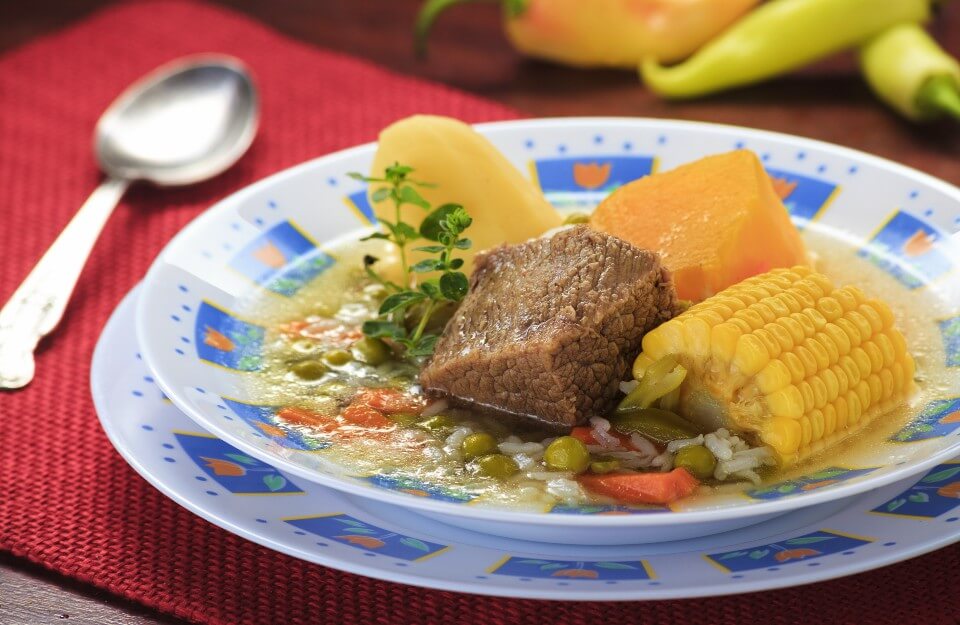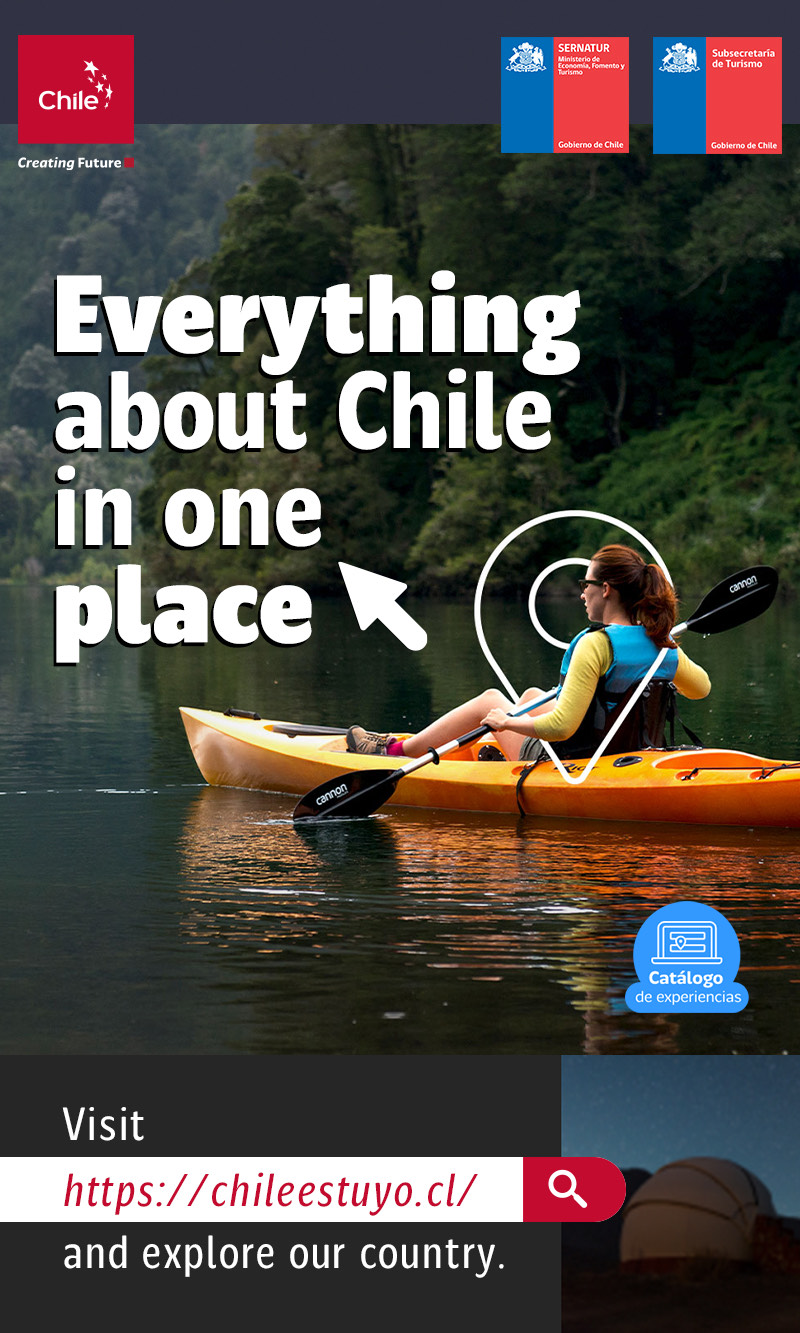
Most of the typical Chilean dishes on this list have spread throughout Chile and you can find them in the hundreds of picadas from north to south. But if you want to prepare them yourself, let's get to work! Grab paper and pencil; and this winter learn how to cook these delicious typical Chilean dishes.
A classic par excellence. The casserole is a dish that has the power to transport us to the depths of our childhood memories when we spent the winter with the family.
Apart from the traditional beef casserole, in the Coquimbo Region we have the so-called "cazuela de salón", which is prepared with a beef rib, tomatoes, and peeled wheat is added instead of rice.
In Valdivia they also have their own version with charqui, onion and dried chili. This dish, called "valdiviano", was born in colonial times and still remains to this day. If you want to try it and compare it with the more "traditional" casseroles, in the picadas near the city's Municipal Market you will find the most delicious preparations.
Another classic of the colder months is charquicán. It is said to be the most Chilean of all national dishes, whose origin dates back to pre-Columbian times. The indigenous people of southern Chile prepared it only with potatoes, pumpkin and guanaco charqui. The Spaniards would have added seasonings such as cumin and salt.
In addition to the aforementioned ingredients, onions, corn, ground meat or meat chopped in small pieces, among others, are used. In some northern areas it is accompanied with white rice and in the coastal area it is prepared with cochayuyo.
If you want to eat the best seaweed charquicán of your life, every winter the Cochayuyo Festival is held in Pichilemu, an excellent excuse to travel and eat delicious food at the same time!
But man does not live by meat alone. Made from fish that abound on the Pacific coast, such as the golden conger eel or red conger eel, the caldillo in question is so popular that even Neruda dedicated a poem to it.
Conger eel stew is preferably served in clay pots to maintain the temperature for a longer period of time. To prepare it, onions, potatoes, carrots, lemons, cilantro, among others, are added to the fish, making it the perfect dish for seafood lovers.
Take advantage of a visit to Isla Negra to walk around Pablo Neruda's house-museum and try a fresh conger eel stew, the poet's favorite dish.
The gastronomy of Chiloé, heavily influenced by the Mapuche, is characterized by its hundreds of varieties of potatoes, present in two signature dishes of the Los Lagos Region, ideal for the winter. Curanto, in addition to potatoes, includes beef and pork, sausages, fish, seafood, potatoes and other vegetables. It is cooked in a traditional way using hot stones buried in a hole.
You can accompany it with chapalele, a dough made from boiled potatoes and wheat flour. There is also a sweet version, to which sugar or honey is added, and they are served hot, ideal to pass the cold winters of the region.
If you have already seen the heritage churches and the houses on palafitos, complete your Chiloé experience and take the opportunity to eat a delicious curanto and see the millenary process of preparation.
Carbonada is an easy, delicious and hearty soup with large chunks of vegetables and meat, ideal for warming up during those cold winter months. There are several theories about its name and origin, but in particular we know that it was prepared in the mines of Lota, in the Bío Bío region, during the heyday of coal, in the 19th century.
It is an easy-to-make dish that is very satisfying and provides enough energy to visit emblematic places in the region, such as the Lota Historical Museum or the Chiflón del Diablo, one of the oldest coal mines in Chile.
The carbonada has several of the ingredients already mentioned above, such as the inevitable potato, pumpkin, ground beef, onion, carrot cut into pieces and broth. We add peas and rice and we have a tasty carbonada ready. And if you accompany it with some sopaipillas, even better!
Credits: www.chileestuyo.cl






